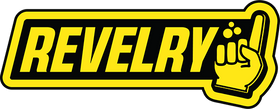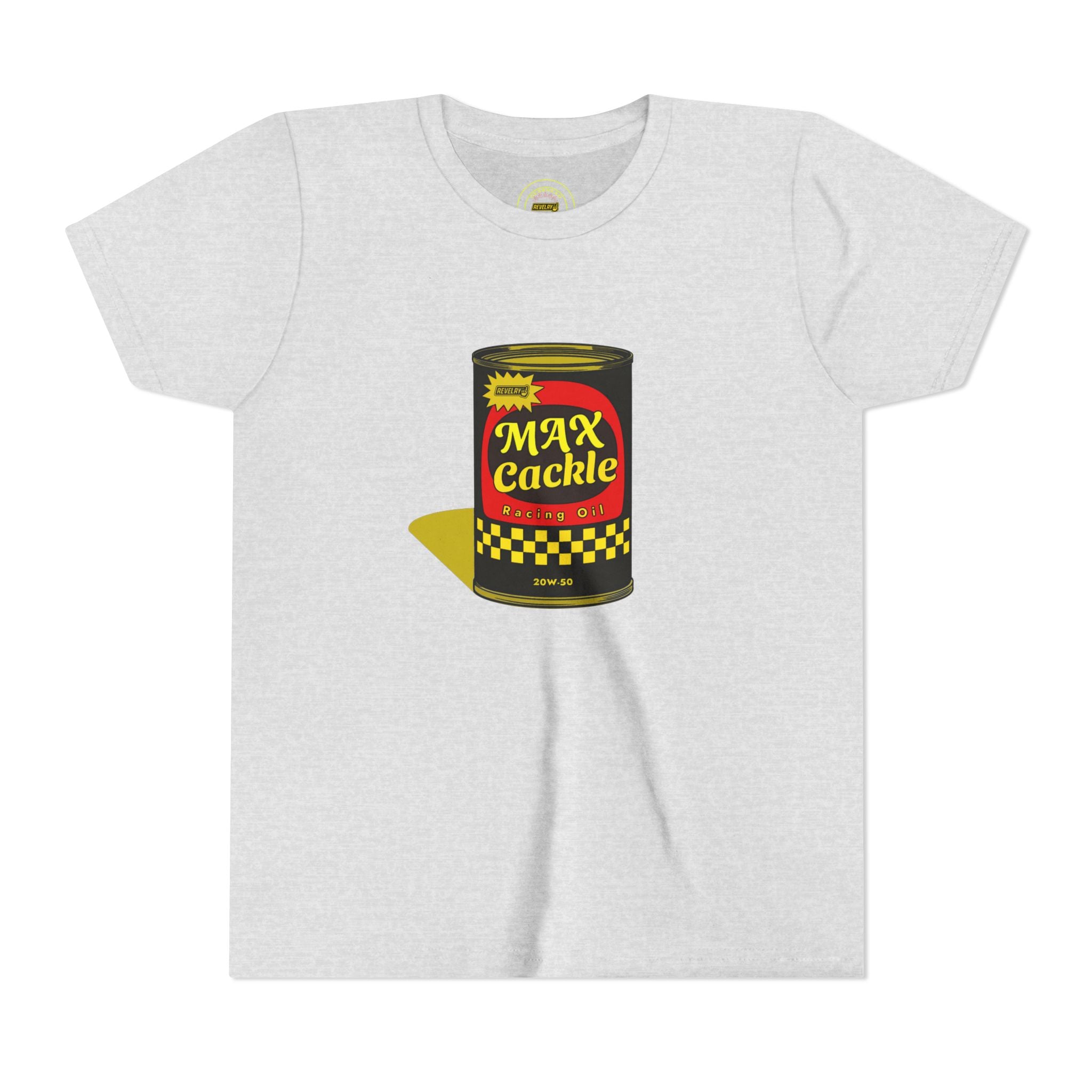NHRA Pro Stock in the 1970s: The Wild West of Horsepower

The 1970s defined the golden age of NHRA Pro Stock, when muscle cars turned into “factory hot rods” and racing innovation reached new heights. Known as the Wild West of horsepower, this era transformed drag racing forever.
Highlights include:
- Birth of Pro Stock (1970): Showroom-based cars, such as the Ford Mustang and Chevy Camaro, made drag racing more relatable to fans.
- Relentless innovation: Builders pushed fuel injection, aerodynamics, and weight breaks to maximize horsepower.
- Legendary drivers: Icons like Bill Jenkins, Bob Glidden, and Don Nicholson built rivalries that fueled fan excitement.
- Cultural connection: Packed tracks, grassroots fan access, and open pits created a vibrant racing community.
- Rules vs. racers: Constant NHRA regulations clashed with racer ingenuity, shaping the sport’s evolution.
- Lasting legacy: The 1970s established Pro Stock’s identity and continue to inspire modern drag racing.
Table of Contents
- Introduction: The Wild West of Horsepower
- The Birth of NHRA Pro Stock (Early 1970s)
- Innovation Without Limits: Experimentation and Horsepower
- Legendary Drivers and Fierce Rivalries
- Racing Venues and the National Event Circuit
- Culture of the 1970s Racing Scene
- Technical Evolution and Rule Changes
- Championship Battles and the World Finals
- Rules, Regulations, and the Push for Fairness
- Lasting Legacy of the 1970s Pro Stock Era
- Conclusion: A Golden Age Remembered
Introduction
The 1970s were a transformative decade for drag racing, and nowhere was that more evident than in the NHRA Pro Stock class. Known as the "factory hot rods," these machines quickly became fan favorites thanks to their resemblance to muscle cars on the street — and their blistering performance on the track. But with loose rules, bold innovation, and larger-than-life personalities, the early years of Pro Stock earned a reputation as the Wild West of horsepower. This was a time when creativity ruled, rivalries ran hot, and the foundations of modern Pro Stock racing were laid.

I. The Birth of NHRA Pro Stock (Early 1970s)
The NHRA introduced the Pro Stock category in 1970 to provide fans with a class that showcased factory-built cars with immense performance potential. Unlike the exotic machines in Top Fuel or Funny Car, Pro Stock offered a direct connection to showroom models, such as the Chevrolet Camaro, Ford Mustang, Dodge Dart, and Plymouth Barracuda.
Early Pro Stock was all about accessibility and competition. Engines were limited to 427 cubic inches, but builders wasted no time pushing the limits. The class quickly attracted legendary names who would shape its identity, including Bill Jenkins, who became one of the most innovative engine builders of the era. By mid-decade, Pro Stock was one of the most exciting and unpredictable categories in drag racing.
II. Innovation Without Limits: Experimentation and Horsepower
If the early 1970s were anything, they were experimental. Racers and builders tested new ideas every season, sometimes every weekend. Pioneering engine builders like Richard Maskin constantly reworked cylinder heads, redesigned intake manifolds, and fine-tuned camshaft profiles in pursuit of increased horsepower.
Factory backing from the Big Three automakers gave competitors access to cutting-edge technology. Chevrolet, Ford, and Chrysler each wanted to prove their dominance, and that factory rivalry poured gasoline on the fire of Pro Stock innovation. This arms race often pushed the NHRA rulebook to its breaking point, as racers continually found loopholes to exploit. Weight break adjustments and fuel injection experimentation became everyday stuff that kept tech inspectors busy at every national event.

III. Legendary Drivers and Fierce Rivalries
Pro Stock in the 1970s wasn't just about machines — it was about the drivers who became legends. Bill Jenkins, with his sharp engineering mind and even sharper nickname "Grumpy," was among the earliest stars to make a beeline for victory lane at major events. Bob Glidden, a Ford loyalist who would later dominate the class, emerged as one of the winningest drivers of the decade. Don Nicholson, known as "Dyno Don," and Dick Landy were also forces to be reckoned with during this golden age of drag racing.
Other notable competitors, like David Rampy, began carving out their place in Pro Stock history during this era. The program was so competitive that making it through the eliminations to reach the final round at a national event was considered a significant achievement.

IV. Racing Venues and the National Event Circuit
The NHRA national event circuit in the 1970s featured iconic venues that became legendary in the history of drag racing. Pomona, California's Winternationals kicked off each season, while Indy (Indianapolis Raceway Park) hosted the prestigious U.S. Nationals — the sport's most coveted win. Seattle International Raceway, Ontario Motor Speedway, and other tracks across the country provided the stages where these factory hot rods battled for supremacy.
Columbus, Ohio's National Trail Raceway, became another important stop on the circuit, and tracks like Beeline Dragway in Arizona offered racers additional opportunities to test their combinations. Each track presented unique challenges, from altitude effects on fuel systems to varying track surfaces that could make or break a race.

V. The Culture of the 1970s Racing Scene
Beyond the track, Pro Stock reflected the broader car culture of the 1970s. Fans who drove muscle cars on the street saw their heroes racing similar models at the dragstrip, creating an instant connection. Pits were open and welcoming, allowing fans to get close to the action and the personalities. You could spot legends like Wally Booth and other industry pioneers sharing technical knowledge in the pits.
Drag racing in this era was grassroots, raw, and exciting. It was also a social event — with packed grandstands, roaring engines, and the smell of burnt rubber creating an atmosphere that felt like part sport, part rock concert. Every Monday after a big race, guys would be talking about the event around town, replaying the action and speculating about the next national event.
VI. Technical Evolution and Rule Changes
As the class evolved, so did the technology. The transition from Gas Class origins to modern Pro Stock brought significant changes. Super Stock eliminator cars had paved the way, but Pro Stock took factory-based racing to new heights. The wheel-to-wheel action intensified as competitors found new ways to extract speed from their combinations.
Services from specialized shops became crucial as the class grew more sophisticated. Engine builders who had sold their services to multiple teams found themselves in high demand. The window of opportunity to win races became narrower as the field grew more competitive, making every race a battle of both horsepower and strategy.

VII. Championship Battles and the World Finals
The NHRA World Finals, typically held at Ontario Motor Speedway, served as the season's climactic event. Here, racers would make their final push for the championship, with eliminations determining not just the event winner but often the season-long titleholder. The final round of these events produced some of the most memorable moments in Pro Stock history.
Jet funny cars and other exhibition acts often accompanied these major events. Still, Pro Stock remained the fan favorite due to its connection to street cars and the incredible speed these factory hot rods could achieve.
VIII. Rules, Regulations, and the Push for Fairness
Of course, no "Wild West" lasts forever. As innovation soared, the NHRA struggled to keep parity in the class. Weight break adjustments, engine limits, and body regulations were introduced to level the playing field, but racers constantly found new ways to get an edge.
Controversies were common, with accusations of bending rules or exploiting gray areas sparking heated debates among the pit crews. Still, this push-and-pull between racers and regulators became an integral part of the Pro Stock identity, cementing the 1970s as a time when creativity often triumphed over conformity.
IX. Lasting Legacy of the 1970s Pro Stock Era
The innovations of the 1970s didn't just define a decade — they set the stage for everything that came after. The attention to aerodynamics, engine design, and chassis development continues to shape Pro Stock today. Drivers like Bob Glidden went on to build dynasties that extended well into the following decades, while others laid the groundwork for future stars.
Fans still look back at this era with nostalgia, not just for the cars but for the sense of freedom and excitement that surrounded the sport. The accessibility of the competitors, the raw nature of the competition, and the constant innovation made this a truly special time in NHRA history.

Conclusion
The NHRA Pro Stock class of the 1970s was bold, experimental, and unforgettable. It was a time when drivers, builders, and manufacturers all pushed the limits, creating a golden age of drag racing. Though rules have tightened and technology has evolved, the spirit of that decade — the raw horsepower, the rivalries between guys like Bill Jenkins and Bob Glidden, and the sense of discovery — remains a defining chapter in NHRA history. From Pomona to Indy, from Ontario to Seattle, these factory hot rods carved out a legacy that continues to inspire racers and fans alike.
Today, the legacy of Pro Stock's golden age lives on through drivers like Troy Coughlin Jr., whose multi-generational connection to drag racing runs deeper than most. As the grandson of JEGS founder and drag racing Hall of Famer Jeg Coughlin Sr., and son of three-time Pro Mod world champion Troy Coughlin Sr., Troy Jr. carries forward a family tradition that spans decades of NHRA competition.
Troy Jr. understands both the history and evolution of factory-based drag racing. This deep appreciation for the sport's roots has inspired his new venture with Revelry1, a line of retro-inspired racing apparel that captures the spirit and nostalgia of Pro Stock's wild early days. For fans who remember when guys like Bill Jenkins and Bob Glidden ruled the track, or for a new generation discovering the raw excitement of hot rods, Revelry1 offers a way to celebrate the timeless appeal of drag racing's most authentic era — when innovation was king and every race was a testament to American ingenuity and speed.
Frequently Asked Questions About NHRA Pro Stock in the 1970s
What made NHRA Pro Stock in the 1970s the “Wild West of horsepower”?
The 1970s Pro Stock era earned this nickname because of loose rules, rapid innovation, and fierce rivalries. Racers constantly pushed boundaries with fuel injection, weight breaks, and engine experimentation, often finding loopholes that forced the NHRA to update its rulebook.
Who were the most famous NHRA Pro Stock drivers of the 1970s?
Icons like Bill “Grumpy” Jenkins, Bob Glidden, Don “Dyno Don” Nicholson, Dick Landy, and Wally Booth became household names. Their rivalries and engineering talent helped define Pro Stock’s golden age.
Which cars dominated NHRA Pro Stock in the 1970s?
Factory muscle cars such as the Chevrolet Camaro, Ford Mustang, Dodge Dart, and Plymouth Barracuda were the backbone of Pro Stock. These cars connected directly with fans who drove similar models on the street.
What role did national events play in Pro Stock’s growth?
National events at tracks like Pomona, Indianapolis (U.S. Nationals), Seattle, Ontario Motor Speedway, and Beeline Dragway gave racers the biggest stages. The World Finals in Ontario often decided championships and cemented legendary rivalries.
How did NHRA rule changes affect Pro Stock in the 1970s?
To keep competition fair, the NHRA introduced weight breaks, fuel restrictions, and body regulations. However, racers constantly adapted, making innovation and controversy central to Pro Stock’s identity.
Why is the 1970s Pro Stock era considered the golden age of drag racing?
This decade combined legendary drivers, innovative technology, fan accessibility, and grassroots culture. It set the stage for modern Pro Stock while capturing the raw excitement that still inspires today’s racers and fans.


